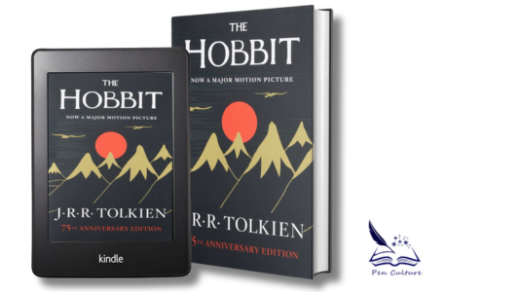The Kite Runner by Khaled Hosseini, published in 2003, is a debut novel. It explores the themes of friendship, betrayal, guilt, and redemption. The story is set against the backdrop of a changing Afghanistan. The novel follows the story of Amir, a privileged boy, and Hassan, his loyal servant. It delves into the personal and political turmoil of life in Afghanistan before and after the Soviet invasion. Hosseini’s vivid storytelling captures the complexities of human relationships and the impact of war, resonating deeply with readers worldwide.
Plot Summary
The story begins in 1970s Kabul, where Amir and Hassan, though close friends, are separated by their different social classes. Amir is the son of a wealthy businessman. He is constantly seeking his father’s approval. Hassan, a Hazara servant, is loyal and selfless. The plot takes a dramatic turn during a kite-flying competition. Amir betrays Hassan by not helping him during an assault. Amir is consumed by guilt. He distances himself from Hassan. This leads to a series of events that shape the rest of his life.
Years later, after living in America and distancing himself from his past, Amir returns to Afghanistan. The country is now ravaged by war. He returns to confront his guilt and seek redemption. His journey to rescue Hassan’s son from the Taliban forces him to face the consequences of his actions. It also provides him with a chance at atonement.
Characters and Themes
The novel’s characters are deeply complex and multi-dimensional. Amir, the flawed protagonist, struggles with feelings of inadequacy, guilt, and jealousy. His internal conflict drives the novel’s emotional arc, making his search for redemption compelling and relatable. Hassan, in contrast, embodies loyalty and purity, despite facing discrimination and hardship. Baba, Amir’s father, adds another layer of complexity, as his strength and hidden vulnerability shape Amir’s wish for approval.
The novel explores themes such as friendship, guilt, betrayal, and the painful path toward redemption. Amir’s guilt and desire for atonement serve as the novel’s emotional foundation. His relationship with Hassan highlights the cultural and social divides in Afghanistan. The themes of ethnic tension and father-son relationships further enrich the narrative, adding layers of moral complexity.
Writing Style and Appeal
Hosseini’s writing is straightforward yet emotionally charged, filled with vivid imagery and cultural richness. He portrays pre-war Kabul with nostalgia and depth, allowing readers to see the beauty of Afghanistan before its devastation. His storytelling is accessible, and the novel’s emotional intensity makes it an engaging read for a wide audience.
Strengths and Weaknesses
Strengths:
- Emotional Depth: Hosseini’s portrayal of Amir’s internal struggles and his journey toward redemption is powerful and deeply moving.
- Cultural and Historical Context: The novel’s backdrop of Afghanistan’s political turmoil adds depth and resonance to the characters’ personal stories.
- Relatable Characters: The characters, particularly Amir, are flawed yet relatable, making their journeys compelling and real.
Weaknesses:
- Emotional Intensity: Some readers may find the novel’s emotional weight overwhelming, particularly the scenes of violence and trauma.
- Predictable Redemption Arc: While powerful, the path to Amir’s redemption may feel predictable, using a familiar narrative structure of atonement.
Conclusion
The Kite Runner is a deeply moving and emotionally resonant novel. It offers a powerful story of friendship, betrayal, and the quest for redemption. Khaled Hosseini creates a story that is both personal and universal through its rich characters. He also explores Afghanistan’s cultural and political landscape. The novel’s themes of guilt, sacrifice, and hope leave a lasting impact on readers. This makes it a timeless and unforgettable read.
Rating: 5/5




